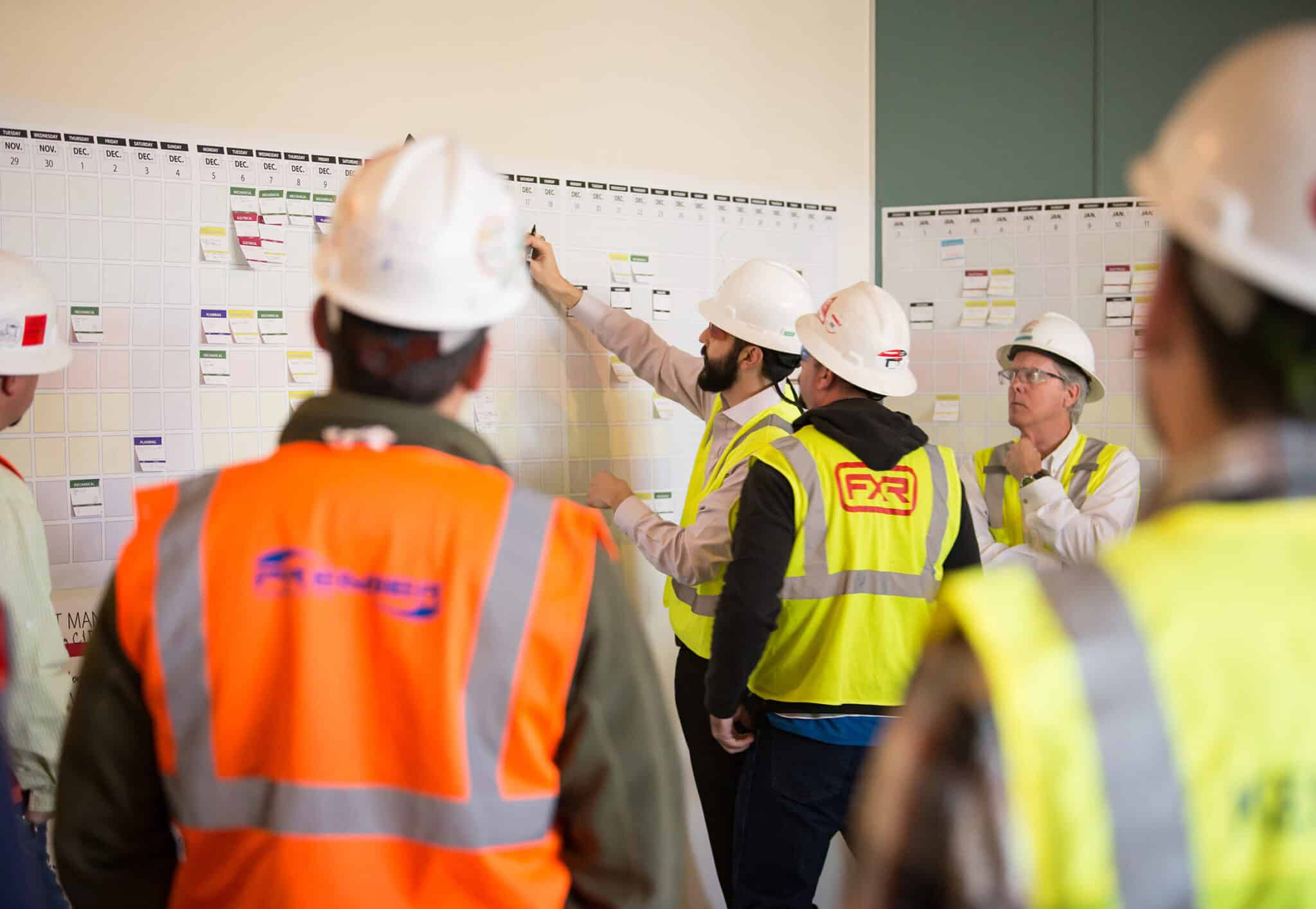The disruptions we’re facing today are forcing us to get creative and evolve the ways we think and work. New opportunities are in reach if we stretch for them together.
Volatility is nothing new for construction. Weather, logistics issues, tariffs on raw materials, worker shortages, etc., are all unpredictable and bring elements of risk. Yet nothing is like what we are currently experiencing. The Associated General Contractors of America’s Producer Price Index analysis of construction materials shows that costs surged 3.5 percent from February 2020 to March 2020, and then 12.9 percent from March 2020 to March 2021. Both increases were the highest recorded in the 35-year history of the index.
The pandemic’s ripple effect is still wreaking havoc on the supply chain. Every aspect – from the procurement of raw materials through manufacturing, loading, and shipping (via ship or truck) – has been hamstrung or bottlenecked in some way. To make things worse, natural disasters such as wildfires, hurricanes, and winter freezes (plus the power issues those often create) have all contributed in unprecedented ways. These issues have significantly increased lead times on construction materials such as steel joists, metal decking, roofing insulation, and fasteners, and a slew of other products – on some items by as much as 40 or more weeks. And the bad news doesn’t stop there. Labor shortages, which were already a problem, are now at an all-time high. According to an analysis of the U.S. Bureau of Labor Statistics data released by the Associated Builders and Contractors, 430,000 more construction workers need to be hired in 2021 to meet the current demand (as of June of 2021).
With all this uncertainty, many of us on the construction side of the business are frequently being asked when the bleeding will stop. We don’t have a crystal ball and the solutions to these complex problems remain unclear, but some ideas and solutions to offset or at least mitigate these issues do exist:
- Early onboarding. The first and most important piece of advice is: Owners shouldn’t wait until CDs to involve the CM/GC and the trades. Early engagement and onboarding create opportunities for the entire project team to work together in a more beneficial and collaborative way, such as through design-assist. Then we’re better able to inform the owner and guide the design team toward solutions that will better maintain (or perhaps even improve) the budget and/or the schedule, as well as avoid constructability issues. For example, changing from an insulated roofing system to a lightweight concrete system might shave precious weeks from the schedule, but these decisions must be made sooner, not later. By understanding the client’s priorities, we can facilitate proactive solutions to the problems we know are lurking out there, waiting to impair their project. Early onboarding saves time and money, and one great example of this is through prefabrication.
- Prefabrication. With longer lead times on materials and fewer “hands on deck” onsite, prefabrication offers layers of benefit. Prefabrication means that materials are being manufactured and assembled offsite, in advance, instead of in the field during the critical path – and this means quicker installations performed by fewer people. Prefabrication simplifies the construction process and better protects the schedule, but to leverage the benefits that prefabrication offers, trades must be involved early and be given the opportunity to offer input in design. Early involvement means early procurement of materials – and it means the trades are better able to procure the exact materials they need because the project is being designed virtually, before we even break ground. This is one big way early onboarding and the resulting collaboration pays dividends for the client.
- Trust. Early onboarding, collaboration, and communication are great in theory, but they require something essential to work, and that’s trust. This moves in all directions, not just from the top down, but also from the bottom up and laterally, through every seat at the table. Trust needs to be built over time, so that’s not a turn-key solution, but here’s what is: An openness to the possibility, and the active decisions that provide opportunities to create it. Openness means shelving preconceived notions and rethinking the often cynical and adversarial team dynamic of a construction project, a template we assume and default to. Opportunities to build trust are created when people spend time together talking, laughing, and interacting as people. Construction projects require teamwork, and teamwork requires trust.
The upside to disruptions – even those as severe as what we’re living with today – is they push creativity and an evolution of the ways we think and work. New challenges need new approaches, and if ever there was a need for new ideas, trusted partnerships, and strategic problem-solving, it’s now. The opportunities are in reach if we stretch for them together.
This article was written for The Zweig Letter; you can read it here: https://thezweigletter.com/up-up-and-away/



